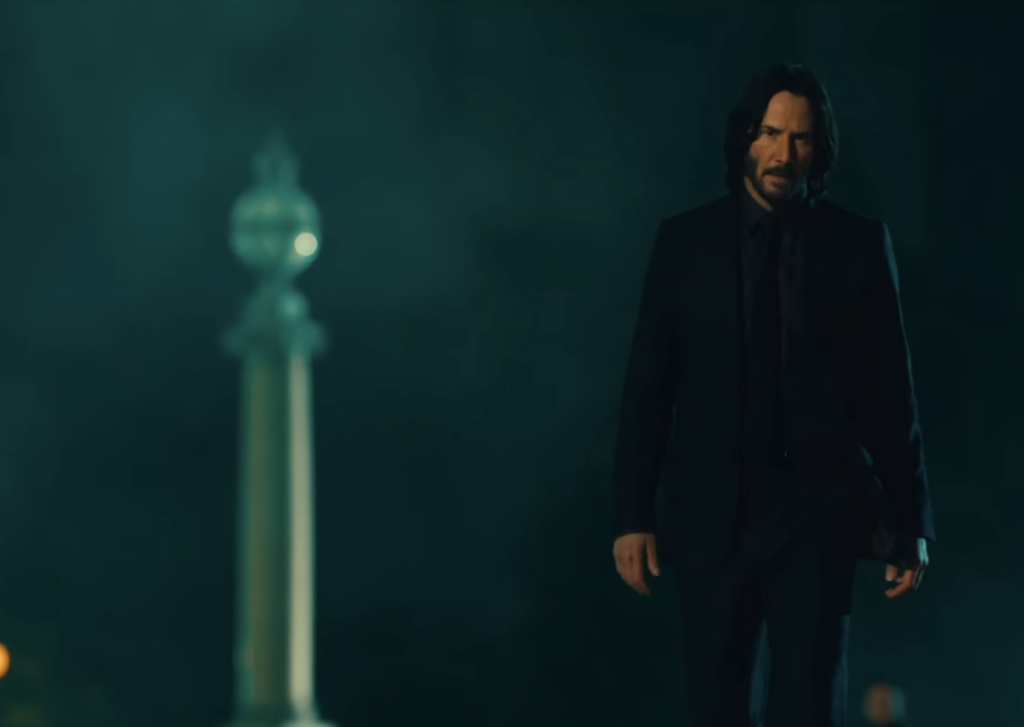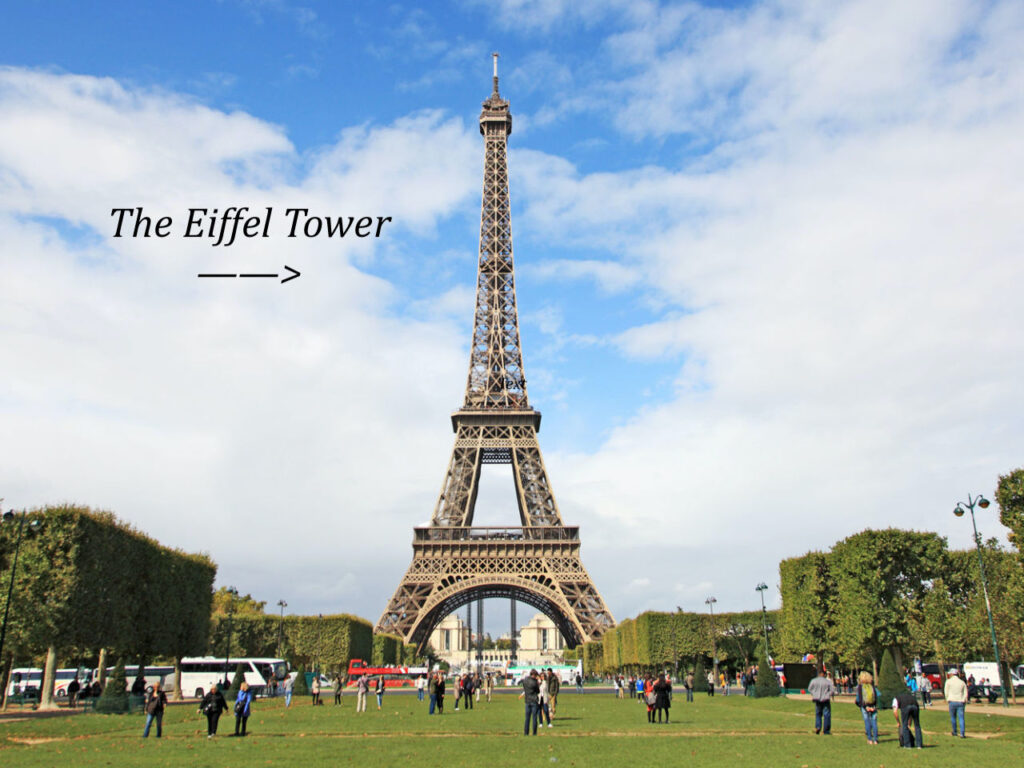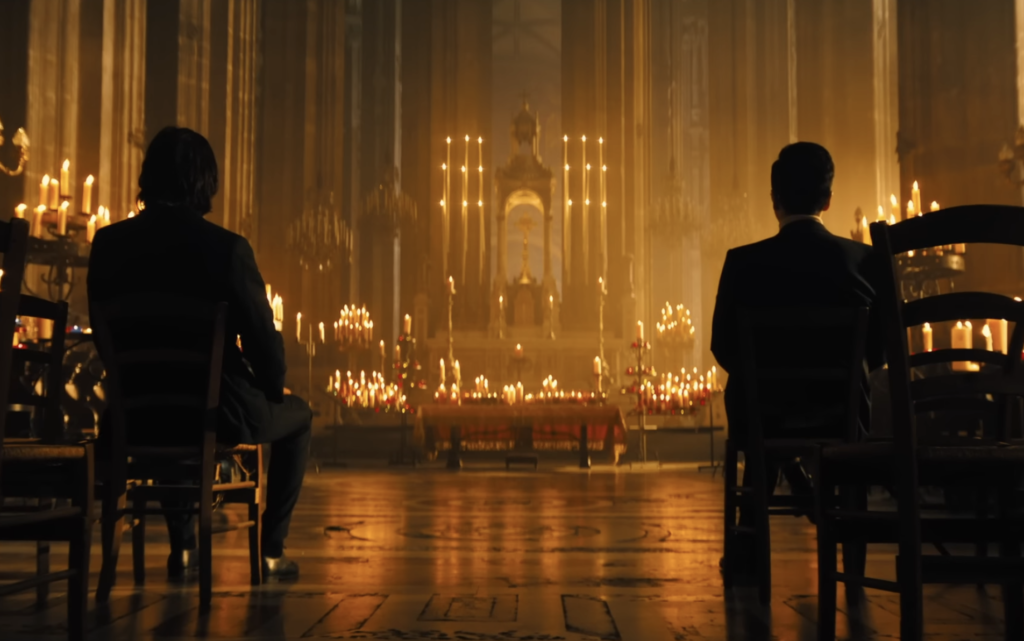Genre: Action
Premise: In order to clear his name and re-enter the Order, John Wick will have to take on the guy at the top of the program’s pyramid, the psycho, Marquis Vincent de Gramont.
About: The John Wick franchise had its biggest weekend ever, scoring 73 million bucks. This means that if you were betting on the “more money than kills” wager circulating around Las Vegas, you’d be short about 20 million, as Wick killed nearly 100 million people in this movie. Director Chad Stahelski swears this is the last John Wick film. “American Assassin” screenwriter Michael Finch teamed up with Shay Hatten to write it.
Writer: Shay Hatten and Michael Finch (based on characters by Derek Kolstad)
Details: 2 hours and 50 minutes long (no seriously!)

Are movies back??
Has the answer, all along, been to just ‘dude’ it up?
Hollywood has bent over backwards these past five years to de-masculinize the moviegoing experience. “Terminate the testosterone” was the operating slogan. If you wrote a script without a prominent female character, the studio would toss it then euthanize you, not necessarily in that order.
Well, it turns out that when you give your core audience what they want, as opposed to try and make a movie for everyone, you signal yourself as a flick that knows what it is and celebrates that.
John Wick 4 is a movie where you go get your dude friends, you head to Taco Bell, you buy a bag of taco carnage. You hide all the tacos in your pockets. Then you head into the theater and have John Wick Taco Time. 69% percent of the audience who saw this flick were dudes.
So which was better, the tacos or the movie?
The plot breaks down like so. The captain of all the Continental Hotels, Marquis, who lives in France, tells the New York Continental manager, Winston, that his hotel is no longer in operation since he failed to kill John Wick in the previous movie. He then blows the hotel up.
Marquis then force-hires this guy named Caine, who’s blind, and was once the best assassin in the world, and tells him to kill John Wick. Cut to Japan, where John Wick visits his old friend, Shimazu, who runs the Japanese Continental (it’s like White Lotus! Even Jennifer Coolidge was there!). Caine and his team descend upon this hotel which results in an outright war.
John Wick escapes and, after a side quest where John has to reclaim his name or something, Wick enacts prima nocta, whereby Marquis must battle him in a duel. If John wins, he’s back in good standing again. Marquis is a fan of Amelie so he sets up the duel at Sacre Couer. Marquis then swaps himself out for Caine. And then… well and then we have our shocking ending.
I don’t know if I have ever, in my life, seen a bigger gap between the quality of a script and the quality of a production. The screenwriting here is so bad. Yet the direction is so good. How do I reconcile this madness???
I suppose, if we’re being honest, the John Wick franchise was never about the writing. It is about a guy who goes after the Russian mob because they killed his dog. I’ve met third graders with better starting points for stories. Instead, the series focuses on its icy cool directing style and the “gun-fu,” which has risen to all new heights in John Wick 4, whereby somehow people are able to withstand 15 shots to the gut before they die.
Pretty much nothing makes sense in this movie. There is a team of people who monitor assassinations who have an office that takes up an entire floor OF THE EIFFEL TOWER. I don’t know if you’re familiar with the Eiffel Tower but there are no private floors.

Therefore, this group of people are doling out 25 million dollar hits in front of anyone with a pair of binoculars. And, oh yeah, this office is run by 1950s pin-up cosplayers who ARE AMERICAN. So I guess France rents out a see-through office in the Eiffel Tower to American cosplaying assassins. Sure. Why not?
Or this was my favorite part. At the beginning of the movie, John Wick is hanging out in an abandoned underground subway when Lawrence Fishburne shows up with a freshly dry-cleaned suit for him, then proceeds to light a match and ignite a pre-arranged fire triangle on the ground that has ABSOLUTELY ZERO PURPOSE. Literally nobody benefits from this triangle of fire. And yet there it is.
But wait, there’s more! There is a fight to the death that takes place IN THE MIDDLE OF A CLUB. And everyone just keeps dancing! Two guys pummeling each other into a bloody pulp and no one bats an eye. At one point, after John Wick had fallen off a 40 foot railing, some guy two feet from him was more concerned about his twerking technique than checking to see if John Wick was okay.
One would think this would place John Wick 4 squarely into the “crap” category, which is so bad that it needs to pass special arbitration rules to even be included in a Scriptshadow review. But that wasn’t the case.
There’s something undeniably special about the production value of this movie. It joins the ranks of James Bond and Mission Impossible of showing us just how magical an experience REALNESS has on a film.
Every. Single. Location is stunning. The framing of every shot is beautiful. The production design is second-to-none. The costuming is excellent. The cinematography is so good.
Even when the set dressing is cliche, it’s done so much better than everyone else’s version of it, that it still leaves an impression on you. For example, John Wick walks into a church and every single candle in the place is lit. Seen it a million times. But it was done on so much steroids here that your jaw was on the floor.

There was a moment, though, that exposed this practice. I don’t even remember who was in the scene. I think maybe Marquis and Winston. The scene was pure exposition. It was there to set up *what needed to happen next*. It was so nuts and bolts plot exposition that Stahelski decided to set it inside a gigantic equestrian practice barn. As our characters work out the plot, these equestrian riders, for no purpose whatsoever, start riding around our two characters as they converse.
Make no mistake, it made for a visually interesting conversation. But when you’re going to these lengths to hide the fact that your dialogue is boring, you’re doing it the wrong way. What you want to do is find a dramatically interesting scenario that you can use as a vessel to hide your exposition.
For example, there’s an earlier scene where a “tracker” who claims to be able to find John Wick, comes to the Marquis to negotiate a contract. In that scene, there’s something dramatic going on – a negotiation. Both men have big egos. Neither likes the others’ terms. As a result, the negotiation escalates quickly. All of this while exposition is being given (their discussion is yielding what happens next in the story).
That’s how you do it. You can’t just put shiny things on a screen and hope they distract the viewer from the fact that you’re force-feeding them three minutes of dead-boring exposition. You must entertain them while feeding them. To highlight the ineffectiveness of Stahelski’s strategy, I don’t remember a single thing they discussed in that scene. But I remember what happened in that Marquis-Tracker scene down to smallest detail.
Dramatize scenes people. It makes a world of difference.
For me, what sets these movies apart is originality and cleverness within set pieces. The two set pieces that stood out to me were, one, Caine’s first sequence in the Japanese Continental Hotel. Remember, Caine is blind. So he carries these little motion sensors which he slaps onto walls. Then he lures his prey into these rooms and waits until they pass the sensors, which beep a noise, which tells Caine exactly where to point and shoot. I thought that was fun and clever.
And even though I was making fun of it earlier, I liked the John Wick club sequence for its bombastic over-the-top boss fight. John takes on this gigantic man who just won’t die. And they fight each other all over the club. The gigantic guy reminded me of boss fights in video games. You just keep hitting the guy and nothing happens. I’d never quite seen a scene like it in a film. And that’s all I’m asking for. You don’t have to give me something totally original. But at the very least, it needs to be original-adjacent.
Such a mixed bag with John Wick 4. The running time here is so ludicrous, it’s hard not to laugh at it. The number of kills could’ve been cut in half and nothing would’ve been missed. But I guess if this is your last Wick, you gotta go full Wick. And that they did!
[ ] What the hell did I just watch?
[ ] wasn’t for me
[x] worth the price of admission
[ ] impressive
[ ] genius
What I learned: Shay Hatten says that Keanu Reeves is the king of demanding less, not more, when it comes to dialogue. In the first film (before Hatten came on board), there was a five page monologue for Keanu and Keanu ended up convincing the team that all he needed to say was, “Uh huh.” When it comes to how much, or how little, dialogue you should write, “less is more” is, historically, the more effective approach. Now you can get carried away with that. But the key is to be honest with yourself. Are you only writing that monologue because it’s a movie and you feel like that’s what happens in movies? The character gets a big monologue at this moment? Or are you writing that monologue because it’s something the character would really say? Lean into the latter. Because when characters start saying things that they don’t really need to say, that’s when dialogue dies on the screen (and on the page). There must be purpose behind the words for them to matter.

